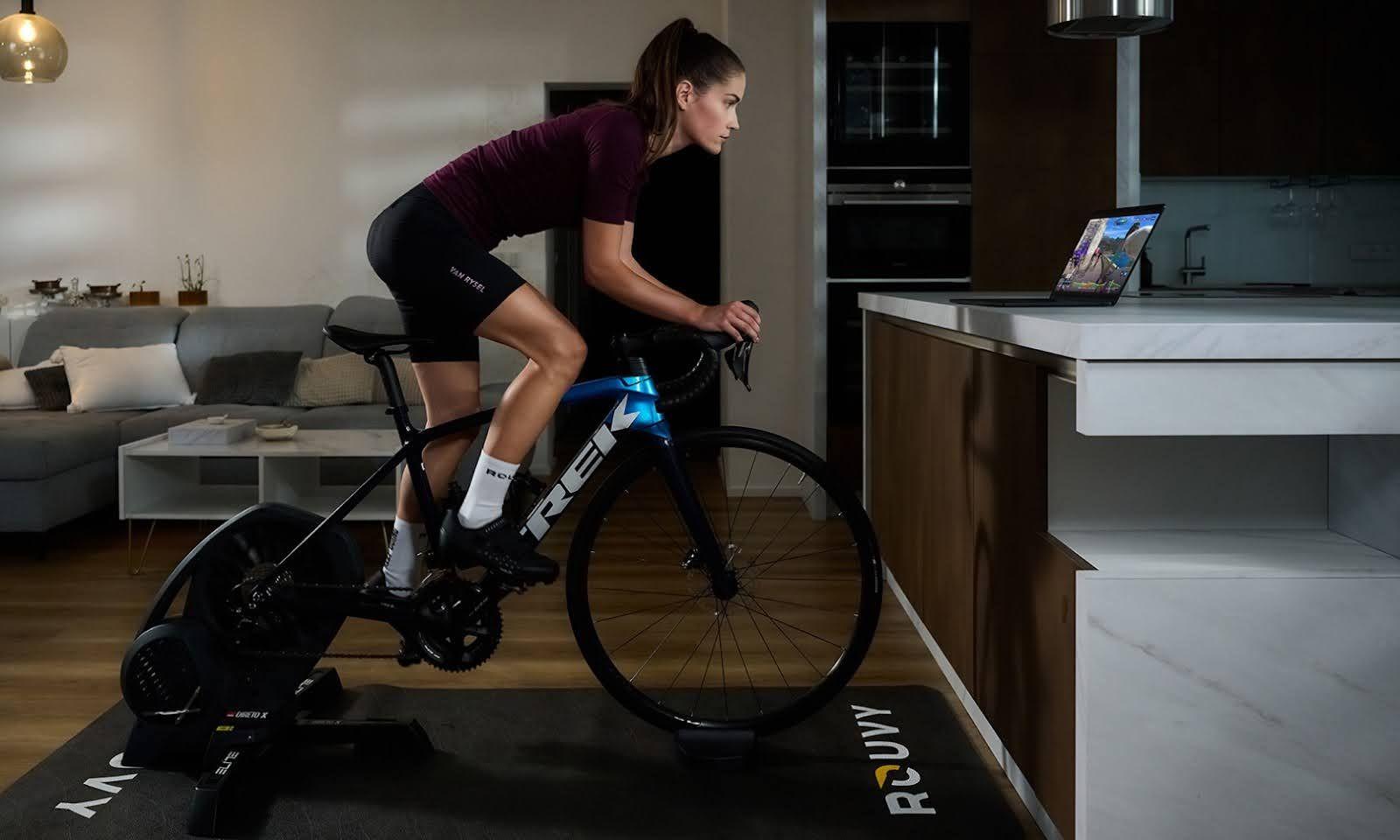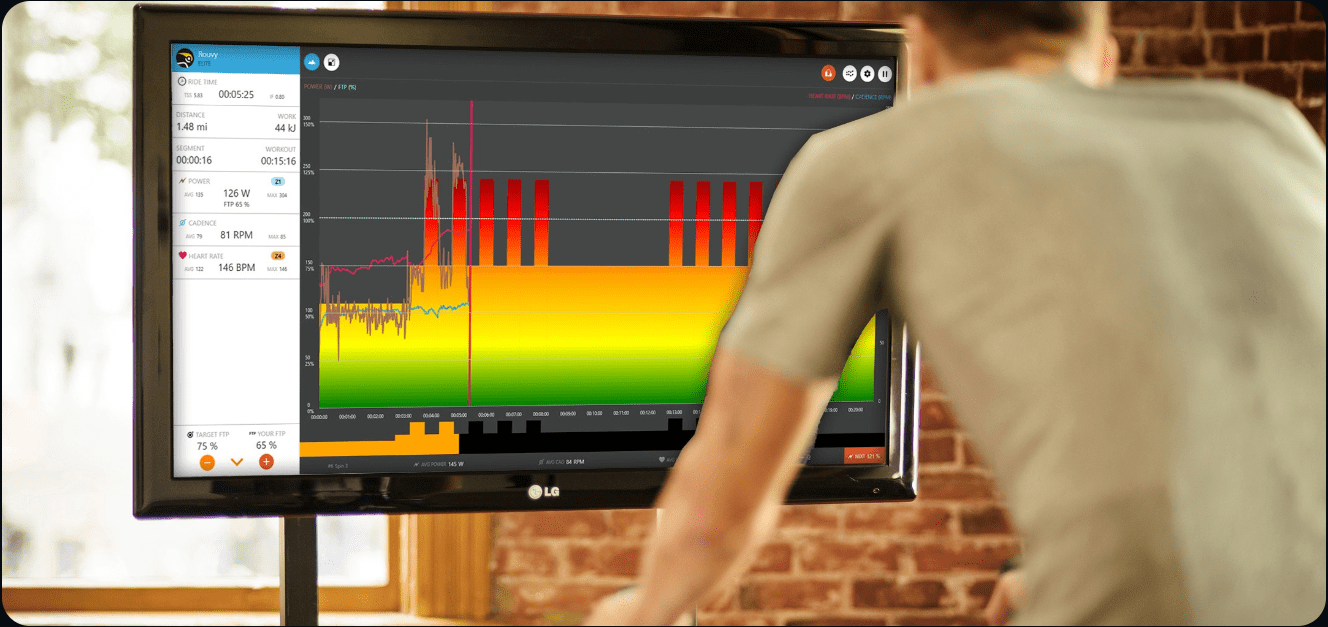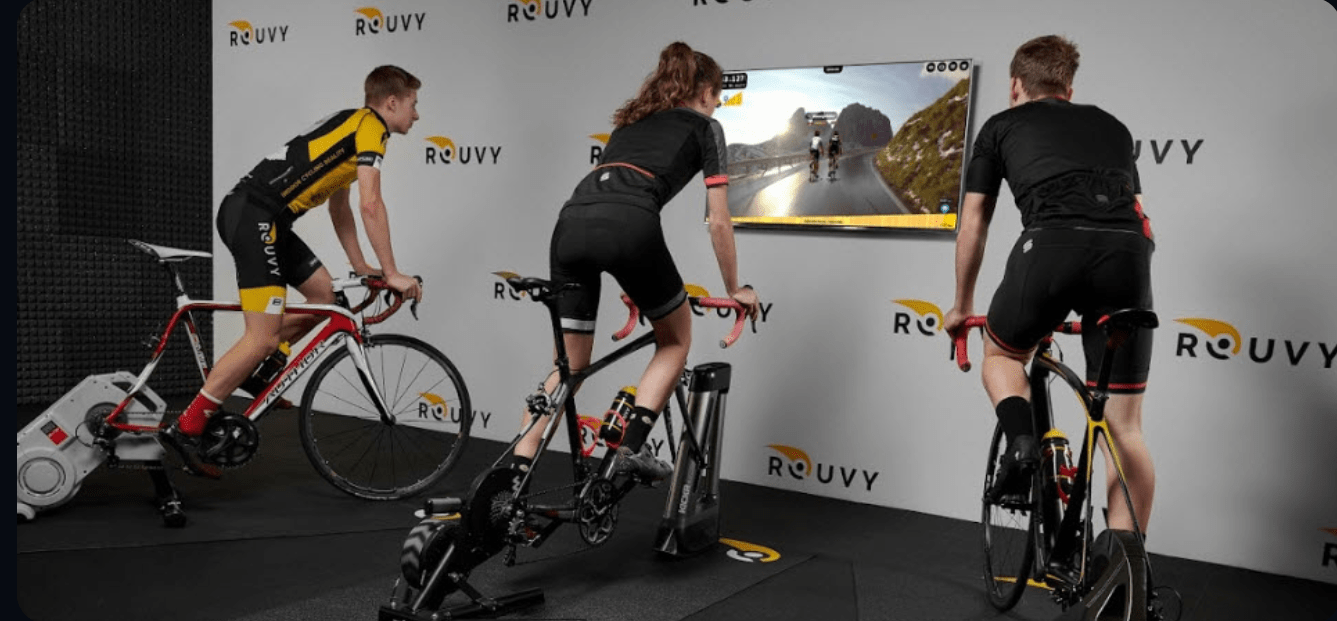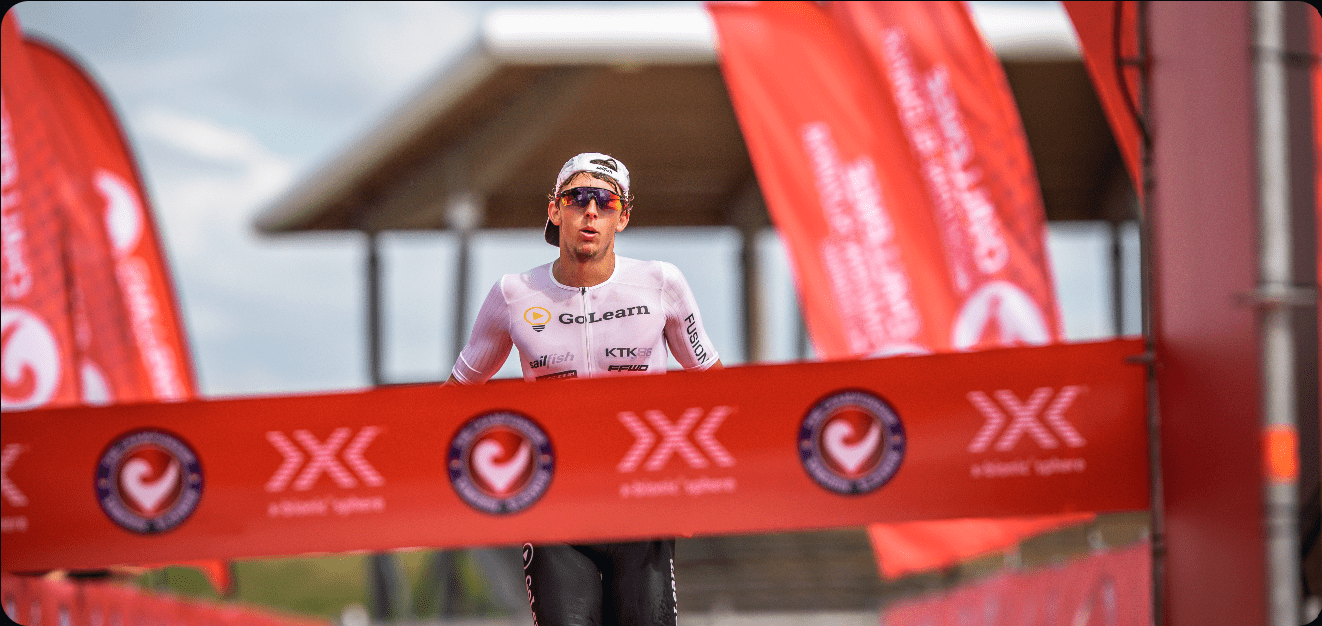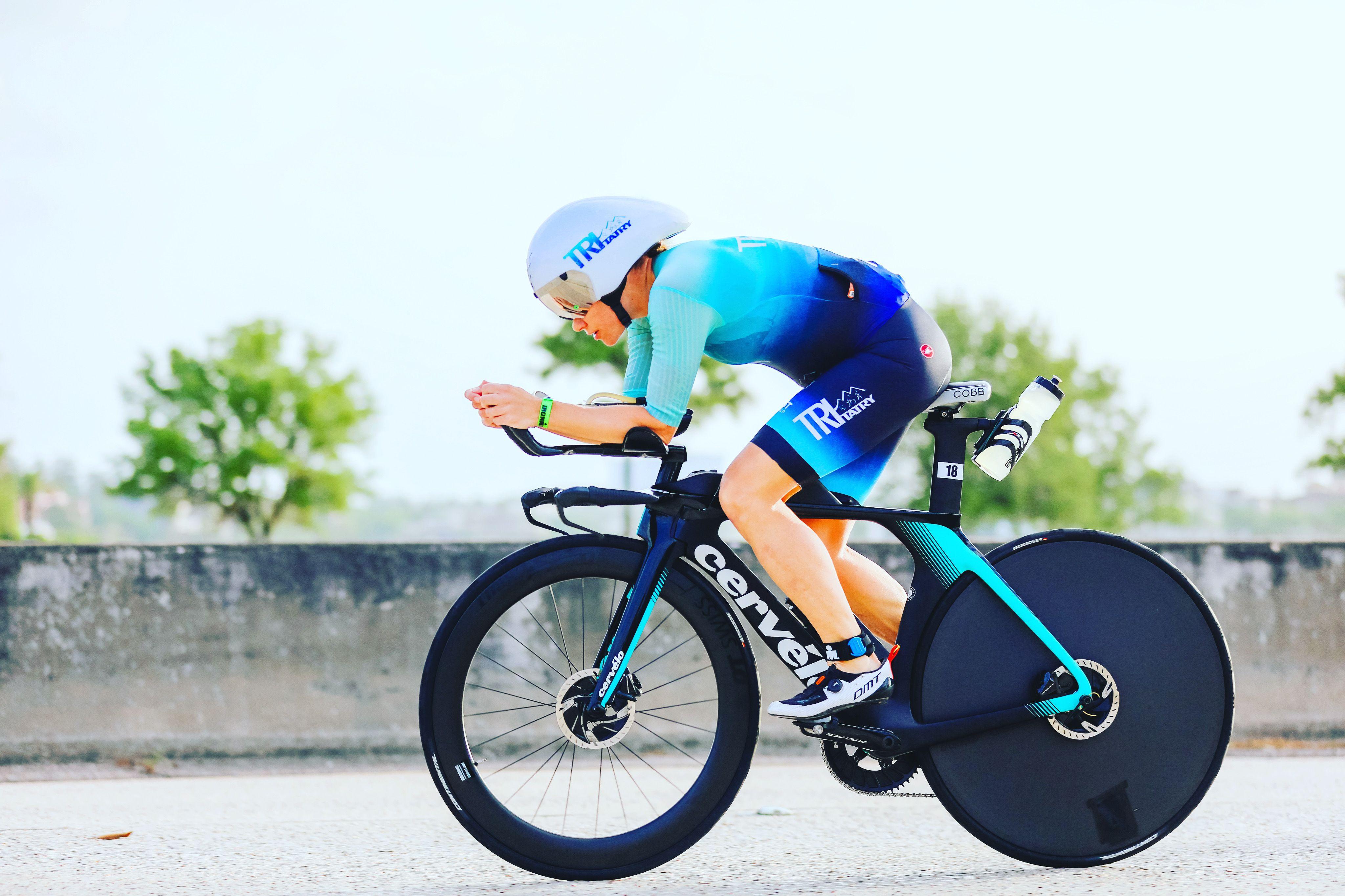If you’ve ever jumped off the bike in a triathlon and staggered into the run like an extra from a zombie film, you’ve experienced the brick effect. It’s that grimly funny moment when your legs stop taking orders and your brain forgets who’s in charge. Brick workouts are the cure - they turn that slow, undead shuffle into a confident, efficient transition that feels almost human again. Brick workouts are the antidote. They turn that awkward shuffle into a controlled, efficient transition.
For triathletes of every level, from weekend warriors to IRONMAN contenders, bricks are where endurance meets execution. They teach you to run on tired legs, maintain rhythm under pressure, and feel confident in chaos. Done well, they can transform not just your race performance, but your overall training structure.
What Is a Brick Workout?
A brick workout involves performing two triathlon disciplines consecutively, most often cycling followed by running. The name’s origin remains debated: some say it’s because your legs feel like bricks; others because you’re “building fitness brick by brick.” Both apply.
Bricks are physiological rehearsals. Cycling and running share muscle groups but use them differently. On the bike, power is produced in a confined motion with a limited range of joint extension; on the run, those same muscles must produce elastic, eccentric force through a much wider range. The neuromuscular system must completely reorganise itself within seconds, a complex symphony of coordination, posture, and blood redistribution.
When done consistently, brick sessions teach your nervous system to anticipate the change. Blood flow adjusts faster, muscle recruitment patterns streamline, and the feeling of “heavy legs” diminishes. You essentially train the transition: a skill every serious triathlete needs to master.
Why Brick Workouts Matter in Triathlon
Triathlon isn’t three separate sports, it’s one long, interdependent performance. The transitions link everything together, and they often separate the efficient athlete from the exhausted one. The second transition (T2), from bike to run, is the most punishing. Heart rate spikes, blood flow shifts, posture changes, and your sense of pacing often collapse.
Brick training prepares you for this moment both physically and mentally.
Physiological benefits
- Circulatory adaptation: the ability to redirect oxygenated blood from cycling muscles (glutes, quads) to running muscles (hamstrings, calves) efficiently.
- Motor-pattern conditioning: smoother leg turnover, less mechanical confusion, and better stride control.
- Metabolic efficiency: improved carbohydrate oxidation and pacing awareness under fatigue.
- Thermoregulation: exposure to continuous effort helps your body better manage temperature and hydration transitions.
Neuromuscular insight:
Cycling primarily uses concentric muscle contractions; running demands eccentric control and elastic recoil. Without practice, the switch feels like chaos. Brick workouts teach your muscle fibres to cooperate across both forms, improving leg stiffness and reducing energy waste.
Mental edge:
Brick sessions train not just legs but perception. You stop panicking when the first kilometre of the run feels alien. You recognise it, manage it, and move through it faster. Coach’s Tip: “Train the transition, not just the legs.”
When to Incorporate Brick Workouts
Bricks are powerful, but they need structure and restraint. They’re taxing on energy systems and the endocrine system, so timing is crucial.
Early season (Base):
- Focus on frequency, not duration. One short brick every 10–14 days helps the body adapt without draining reserves.
Mid-season (Build):
- Introduce weekly bricks alternating between aerobic endurance and race-pace intensity. This is where most adaptation occurs.
Late season (Peak):
- Add simulation bricks every two to three weeks, rehearsing full race pacing, nutrition, and transitions.
Race taper:
- Reduce brick volume by 40%, but retain short sessions to keep the body “connected.”
Typical structure:
- Sprint/Olympic: one weekly brick.
- 70.3/ IRONMAN: one long endurance brick plus a shorter technical or cadence-based session mid-week.
- Never schedule two consecutive high-load bricks; recovery is non-negotiable.
Essential Brick Workout Types
- Short Transition Brick
- 45–60 min ride + 10–15 min run.
- Focus: rhythm, familiarity, and form under low fatigue.
- Threshold Brick
- 90 min ride (3×10 min @ 90–95% FTP) + 30 min run @ race pace.
- Focus: pacing, lactate tolerance, and control.
- Endurance Brick
- 3–4 h ride + 40–60 min steady run.
- Focus: nutrition, hydration, mental consistency.
- Simulation Brick
- Full race-distance pacing with all kit, transitions, and fuelling tested.
- Focus: realism and confidence.
Each serves a distinct purpose — rotate them throughout your season to build a complete skill set.
Indoor Brick Workouts on ROUVY
ROUVY Tip: Use ROUVY’s immersive realism to recreate outdoor demands indoors. Choose your course, the climbs of IRONMAN Austria, the heat of Texas, or the rolling terrain of Wales and then head outside for a run.
Indoor cycling eliminates the excuses: no wind, no rain, no traffic. You can move from bike to treadmill (if you have one), or outdoors in seconds, ensuring the transition stimulus is spot-on.
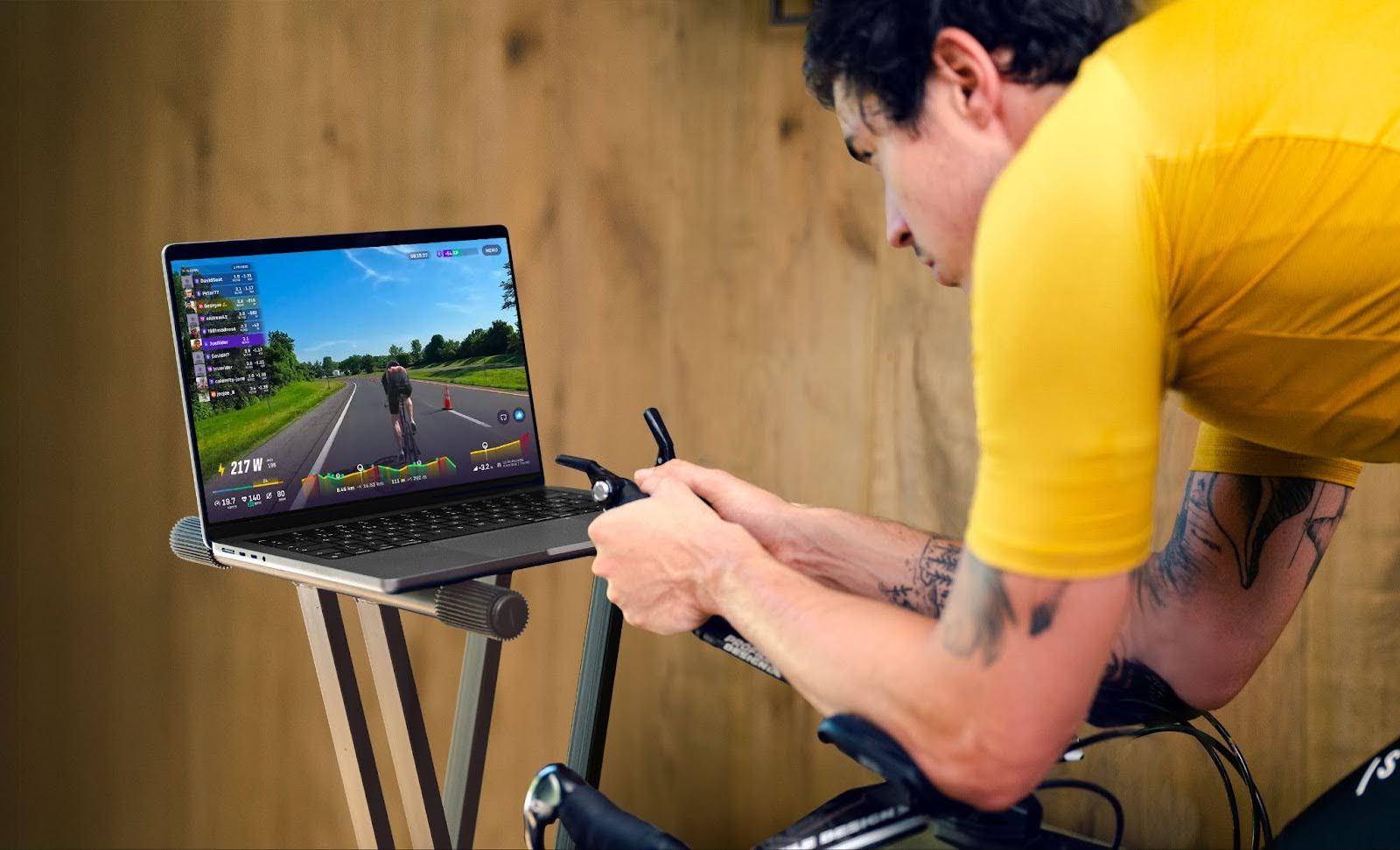
Example Indoor Session
- Bike: 80 min ROUVY route with 4x8 min threshold climbs.
- Transition: 45 sec shoe change.
- Run: 35 min treadmill, or outdoors, starting steady, then ramping to race pace.
- Goal: Maintain cadence alignment within 5 spm between bike and run.
Practical setup checklist:
- Two fans (front and side) to manage heat.
- Towels under the trainer - sweat loss can reach 2 L/hour indoors if the temperature is higher.
- Easy access bottles and gels.
- Music to motivate you and your projected ROUVY route for mental engagement.
- Heart-rate and cadence sensors paired to track transition efficiency.
ROUVY Tip: Join virtual races. Compete against avatars in real routes; push race-level effort without the travel. The software’s gradient control forces you to manage power and pacing, making every brick more specific and measurable.
Data interpretation: Post-session, analyse HR drift, power-to-pace ratio, and cadence transitions. Look for smoother HR curves and reduced lag between bike effort and run stability. These are clear markers of adaptation.
How to Execute an Effective Brick Workout
Brick success lies in preparation.
- Set up transition gear in order of use.
- Finish the ride with 5-10 minutes of high-cadence spinning.
- Practise calm dismounts. Panic invites mistakes.
- Start the run easy; aim for “smooth, not fast.”
- Keep cadence quick and arms relaxed.
- Focus on posture - fatigue loves to make your shoulders hunch!
- Log key data immediately; memory fades, numbers don’t.
Within a few weeks, you’ll notice earlier settling into rhythm, fewer side stitches, and sharper focus in transitions.
Nutrition and Hydration for Brick Sessions
Your nutrition strategy makes or breaks your brick success. Use these sessions to perfect what you’ll do on race day.
Before:
- Eat a carb-dominant meal 3-4 h prior; oats, rice, or toast work well. Hydrate with electrolytes an hour before starting.
During Bike:
- 60-90 g carbs/hour (combination of drink, gel, and bar).
- 500-800 ml fluid/hour.
- Maintain sodium intake: 600-800 mg/L.
During Transition:
- Take a gel just before racking the bike primes glycogen availability for the run.
During Run:
- Sip water every 10–15 min.
- Practise gel tolerance if race requires it.
After:
- Refuel with a recovery meal (3:1 carbs:protein). Follow up with a balanced meal of protein, vegetables, and complex carbs.
ROUVY Tip: Add nutrition reminders in your structured ROUVY workouts. These small prompts ensure fuelling happens before it’s too late, a habit that translates directly to race stability.
Remember, bricks are gut training as much as leg training. The goal is predictable digestion and consistent energy.
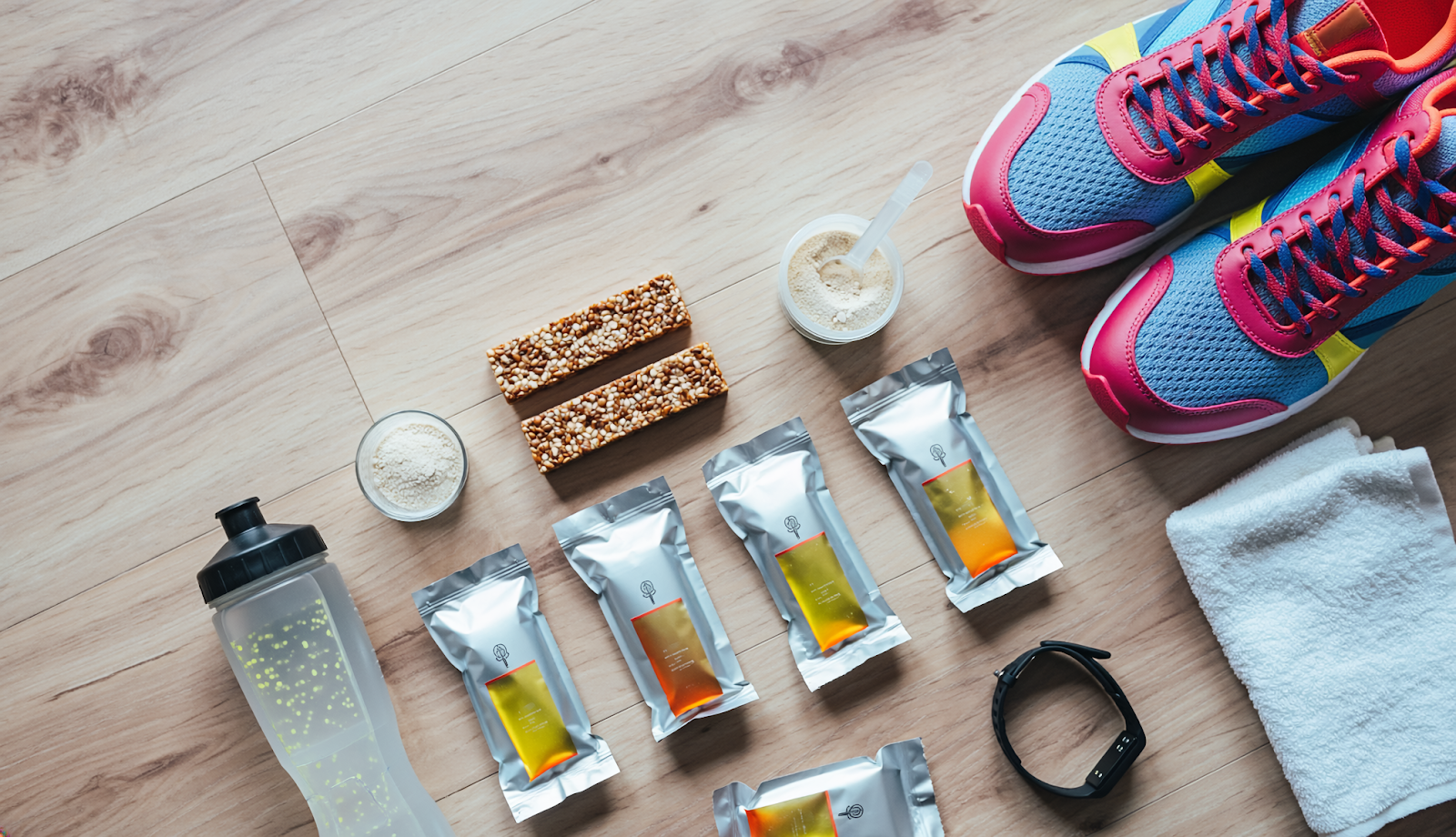
Common Mistakes and How to Avoid Them
- 1. Over-riding the bike: too much power early ruins the run.
- 2. Skipping warm-up: muscles need time to warm up and activate to transition well.
- 3. Under-fuelling: empty tanks equal sloppy form.
- 4. Ignoring hydration: dehydration exaggerates perceived effort.
- 5. Doing every brick hard: adapt with variety, not exhaustion.
- 6. Neglecting recovery: fatigue delays adaptation by days.
Keep a short journal: jot down effort, HR, nutrition, and how your run legs felt. Over time, patterns emerge that reveal whether you’re progressing or overreaching.


